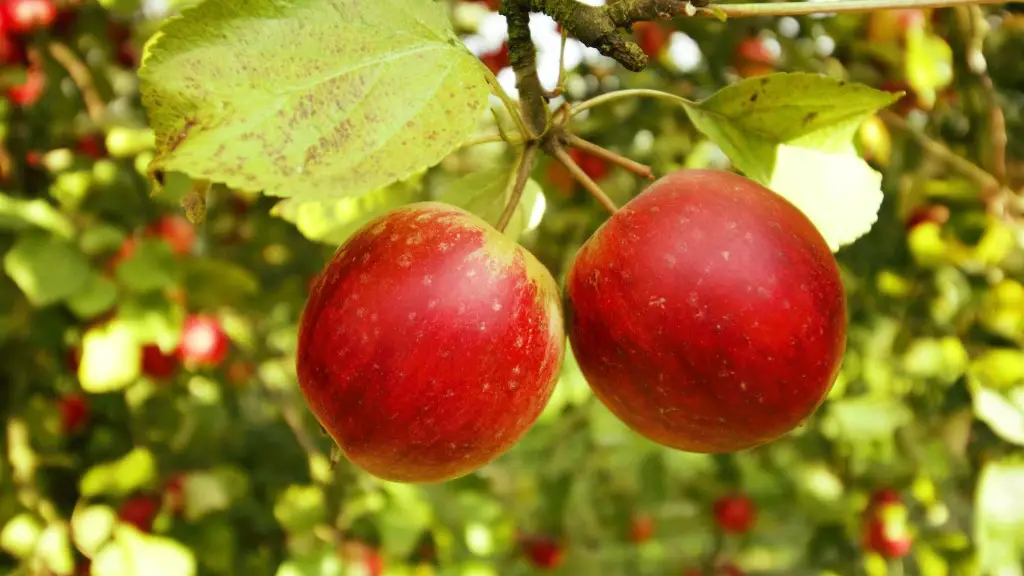Buying a lemon tree can be a great investment. It is a reliable source of citrusy fruits and a great addition to any home, apartment or other property. To get maximum benefits out of your new lemon tree, it’s important to understand when is the right time to buy one. Here are the main considerations to bear in mind.
As a starter, always check for your local climate. Different varieties of lemon trees can take different times to reach maturity and bear fruit. In cold climates, for instance, it may take more than three years for a lemon tree to produce, while in warmer climates, it may take as little as a year. Thus, it’s important to research the best lemon tree variety for your local climate to get the most out of your tree.
Next, when picking out a lemon tree, don’t just go for whatever is on the store shelf. Keep an eye out for the size and condition of the tree. If buying locally, you can ask for advice from the store personnel about the proper size of tree and preferred growing conditions. Buying an older tree may significantly reduce the time until fruit generation, whereas buying a younger tree may be more cost-effective.
When it comes to cost, be mindful and watch out for any sudden price drops. These can sometimes indicate that the tree is sick and may require extra care, which can prove to be costly in the long run. On the other hand, try to avoid the temptation of buying cheap lemon trees. Less expensive trees come with a greater risk of slow or stunted growth or fruit production.
The time of the year is also important to consider. Generally, it’s best to buy a lemon tree in the late spring or early summer, as this is when it will be most active. This is the best time to see the tree in leaf and get an initial idea of its health and vigor. Buying in winter can be particularly risky as the dormant tree may miss signs of damage or diseases.
Water
When buying a lemon tree, make sure to know how much watering will be needed. The soil should be kept moist, however, excessive watering should be avoided, as it may cause the roots to rot. Newly planted trees should be watered regularly for the first month or two, to get the roots established in their new environment. After that, regular checking should be done to ensure the tree is receiving enough water but not becoming waterlogged.
Light and Nutrients
Lemon trees love plenty of bright light, so when selecting a tree, it’s important to bear this in mind. A bright, sunny spot is ideal. Adequate nutrients are also essential, so pick up a suitable fertilizer high in nitrogen, potash and phosphorous. Applying fertilizer to the root area in early spring is a great way to keep the tree healthy and bearing fruit.
Location
Ideally, lemon trees should be planted in the ground. They do not like to be moved often, so consider the long-term location carefully. However, if planting in a pot, bear in mind that the pot size should be proportional to the size of the tree. If the pot is too large, watering may be excessive. On the other hand, if the pot size is too small, the roots will not get enough space to grow, which will affect tree performance.
Pruning
Once you’ve got the lemon tree planted, it is important to prune it regularly. Pruning should happen twice a year: once in mid-spring to shape the tree, and once in mid-summer to remove any dead limbs. Pruning encourages more productive branching, more flowers and (ultimately!) more fruit. Additionally, regular pruning reduces the risk of disease.
Harvesting
When it comes to harvesting, timing is essential. In general, lemons should be picked when they are two-thirds of their full size. You can tell when they are ripe, as they become yellow all over. However, if you want to pick a lemon prematurely (in case of a frosty night, for instance), make sure to pick the ones that are at least half-ripe.
Pests and Diseases
It is especially important to be vigilant when it comes to pests and diseases, as lemon trees are particularly prone to both. Regular monitoring for signs of pests and diseases is essential, as is taking the appropriate action as soon as possible. Applying pesticides and insecticides as per instructions is important, as well as keeping weeds and overgrown grass away from the roots of the tree.

